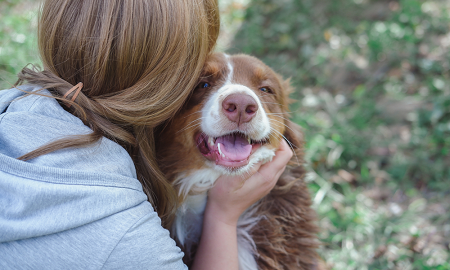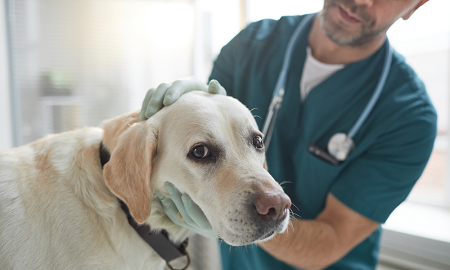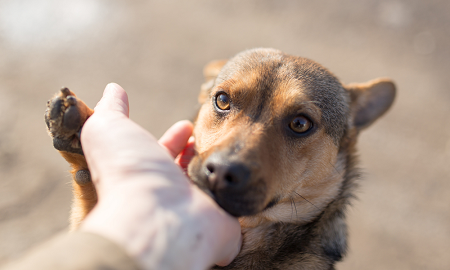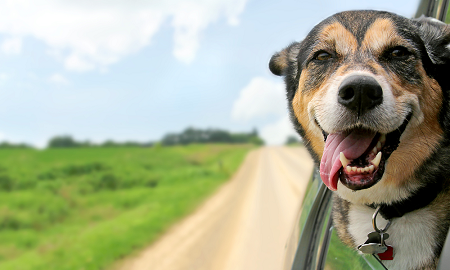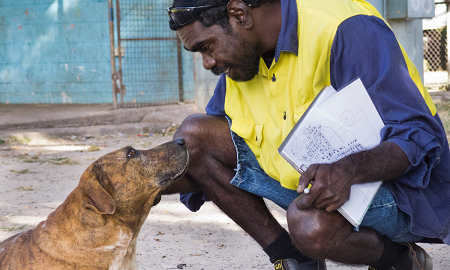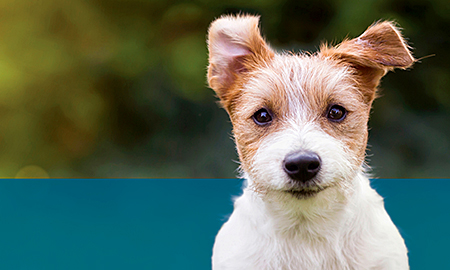Canine ehrlichiosis (pronounced ‘err-lick-ee-oh-sis’) is a disease that affects dogs and is caused by a tick-borne bacteria called Ehrlichia canis. The brown dog tick which is present across central and northern Australia, is the main carrier of this disease. Dogs can get the disease if they are bitten by an infected tick. Dogs infected with the disease do not directly transmit it to other dogs. If left untreated, the disease can be fatal.
Guidelines for dog owners
Learn about the disease, treatment, and what you can do to protect your dog.
Veterinarians
Download the E. canis veterinary guidelines and find out how to report cases.
Dog rescue and rehoming
Important information for rescue and rehoming organisations and those relocating dogs within Australia.
Travelling with your dog in Australia
Check state and territory ehrlichiosis requirements before travelling across borders.
Indigenous communities
Resources tailored for rural and remote Indigenous communities.
Ehrlichiosis resources
See our free ehrlichiosis materials and help spread the word about the dangers of ehrlichiosis.

